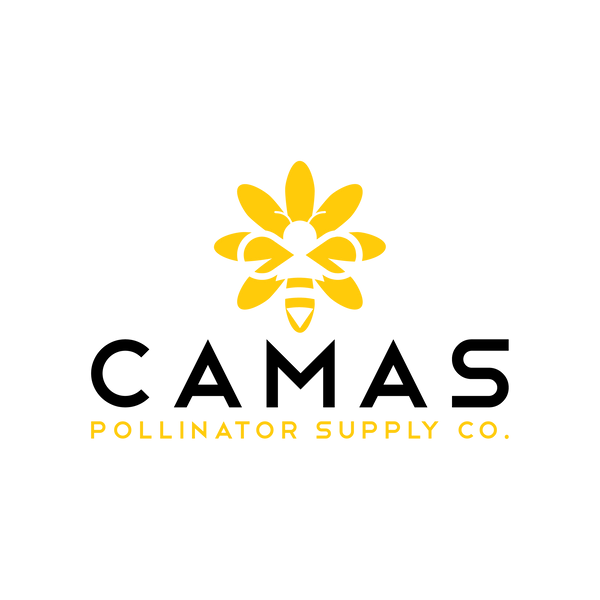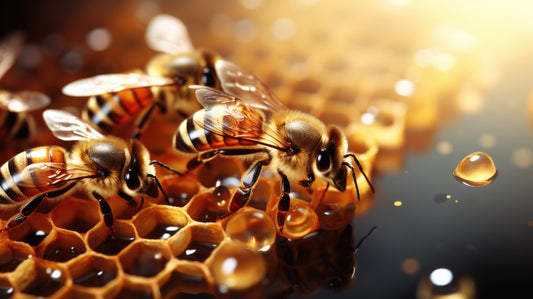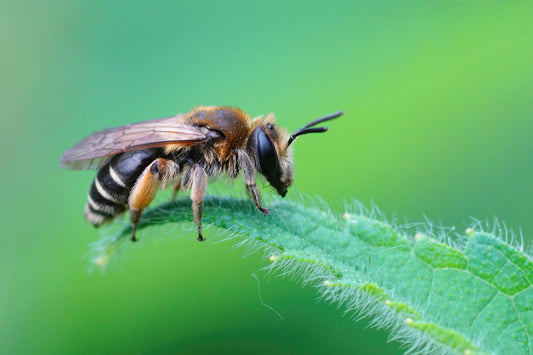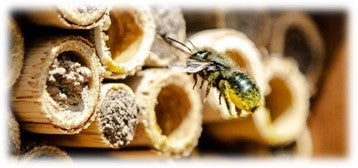
Creating a vibrant garden buzzing with life is a dream for many. But beyond the aesthetic appeal, a garden teeming with pollinators offers a crucial lifeline to our ecosystem. By understanding the needs of these vital creatures and adopting sustainable practices, you can transform your garden into a haven for pollinators and contribute to a healthier planet.
Why Pollinators Matter
The Role of Pollinators in Our EcosystemEver wonder how that juicy apple or that colorful flower came to be? You can thank a pollinator for that! Pollinators, like bees, butterflies, birds, and even bats, play a critical role in the reproduction of many plants. They transfer pollen from one flower to another, fertilizing the plants and enabling them to produce fruits, seeds, and the next generation of plants. This process is essential not just for the plants themselves, but for the entire food chain, including us!
Threats to Pollinator Populations
Sadly, pollinator populations are facing a decline due to habitat loss, pesticide use, and climate change. This decline has far-reaching consequences for biodiversity and food security. Creating pollinator-friendly gardens is a powerful way to combat these threats and support the recovery of these essential creatures.
Creating a Pollinator Paradise
Plant Selection: Native is BestThink of your garden as a restaurant for pollinators. You want to offer a menu they can't resist! Native plants are the key. Why? Because they have co-evolved with native pollinators, forming a mutually beneficial relationship. Native plants are adapted to your local climate and soil, requiring less water and maintenance.

Just like us, pollinators have different tastes! Different pollinators are attracted to different flower shapes, colors, and sizes. So, variety is key! Include a diverse range of flowering plants with varying bloom times to ensure a continuous food supply throughout the growing season.
Think about it like this: some bees have long tongues, perfect for sipping nectar from deep, tubular flowers like salvias and honeysuckles. Butterflies, on the other hand, prefer landing platforms offered by flat-topped flowers like zinnias and asters.
Say No to Hybrids!
While those fancy hybrid flowers at the garden center might be tempting, many have been bred for looks, not for nectar and pollen production. These "double blooms" often have complex petals that make it difficult for pollinators to access the pollen and nectar. Stick to heirloom varieties and single-flowered blooms to ensure your pollinators get the nourishment they need.
Provide Food and Shelter
Continuous Blooming CalendarImagine a restaurant that only serves breakfast. Not very appealing, right? Similarly, pollinators need a consistent food source throughout the growing season. Plan your garden to include plants that bloom at different times, providing a continuous supply of nectar and pollen from early spring to late fall.
Water Sources: More Than Just a Drink
Pollinators need water, but they can't exactly cannonball into your birdbath! Create shallow water sources with landing spots, like rocks or pebbles, where they can safely drink and cool off. A simple dish with water and some marbles will do the trick!
Shelter and Nesting SitesYour garden should be more than just a diner; it should be a home! Provide shelter and nesting sites by leaving some areas of your garden a bit "wild." Include native grasses, leaf piles, and even dead wood. These elements provide crucial habitat for pollinators to lay eggs, overwinter, and seek refuge from predators.
Sustainable Gardening Practices
Ditch the ChemicalsPesticides and herbicides are like poison to pollinators! These chemicals can harm and even kill beneficial insects and disrupt the delicate balance of your garden ecosystem. Opt for natural pest control methods like companion planting, beneficial insects, and organic solutions.
Water Wisely
Conserving water is essential for a sustainable garden. Water deeply but infrequently, encouraging plants to develop deep roots. Mulching around your plants helps retain moisture and suppress weeds, reducing the need for frequent watering.
Embrace CompostComposting is like magic! It transforms kitchen scraps and yard waste into nutrient-rich "black gold" for your garden. Compost improves soil health, reduces the need for chemical fertilizers, and contributes to a healthy ecosystem.
Beyond the Backyard
Community Involvement
Want to make an even bigger impact? Join forces with your community! Encourage your neighbors, schools, and local businesses to create pollinator-friendly spaces. Participate in community gardens or volunteer at local parks to spread awareness and create more pollinator habitats.
Educate and Advocate
Spread the word about the importance of pollinators! Share your knowledge with friends, family, and your community. Advocate for pollinator-friendly policies in your local area. Together, we can create a world where pollinators thrive! Want to know more, read more valuable information here at www.usda.gov/pollinators.
Conclusion
Creating a sustainable pollinator garden is a rewarding journey that benefits both your local environment and the planet as a whole. By following these expert tips, you can play an active role in supporting pollinator populations, enjoying a thriving garden, and contributing to a healthier and more biodiverse world. So, grab your gardening gloves and get ready to welcome the buzz!
FAQs
- What are some easy-to-grow plants for a pollinator garden?
There are many easy-to-grow plants that pollinators love! Some popular choices include sunflowers, coneflowers, lavender, and bee balm. For a pop of color, try zinnias, cosmos, and asters. Don't forget to include some herbs like rosemary and basil, which also attract pollinators.
- How can I attract butterflies to my garden?
Butterflies are not only beautiful but also important pollinators. To attract them, plant butterfly-friendly flowers like milkweed, butterfly bush, and phlox. Provide a sunny spot for them to bask and a shallow dish of water with landing spots for drinking.
- Is it okay to have a messy garden for pollinators?
Absolutely! A little bit of "organized chaos" can actually be beneficial for pollinators. Leave some leaf litter, dead wood, and bare ground for nesting and overwintering. Avoid being too tidy, as some pollinators lay their eggs in dead stems and leaf piles.
- How can I get involved in pollinator conservation efforts in my community?
There are many ways to get involved! You can join local conservation groups, participate in citizen science projects, or volunteer at community gardens. Spread awareness by educating others about the importance of pollinators and advocating for pollinator-friendly policies in your area.
- What if I don't have a lot of space for a garden?
Even a small space can make a difference! You can create a pollinator-friendly balcony garden with potted plants or a window box filled with herbs and flowers. Every little bit helps!




